Located in the northwest Noto Peninsula, Wajima City in Ishikawa Prefecture has a population of about 20,000 and beautiful coastal scenery, quaint fishing villages, thriving traditional agriculture, and centuries-old craft cultures. Wajima is most famous for "Shiroyone Senmaida" rice terraces (a designated National Scenic Spot) and the Wajima Morning Market. There are many places of interest in Wajima, including the Sojiji Soin [Sojiji ancestor temple], the head temple of the Soto sect of Zen Buddhism, and the Tokikunike Residence.
Wajima is also noted for the abundance of blowfish, crab, turban shells, and other seafood.
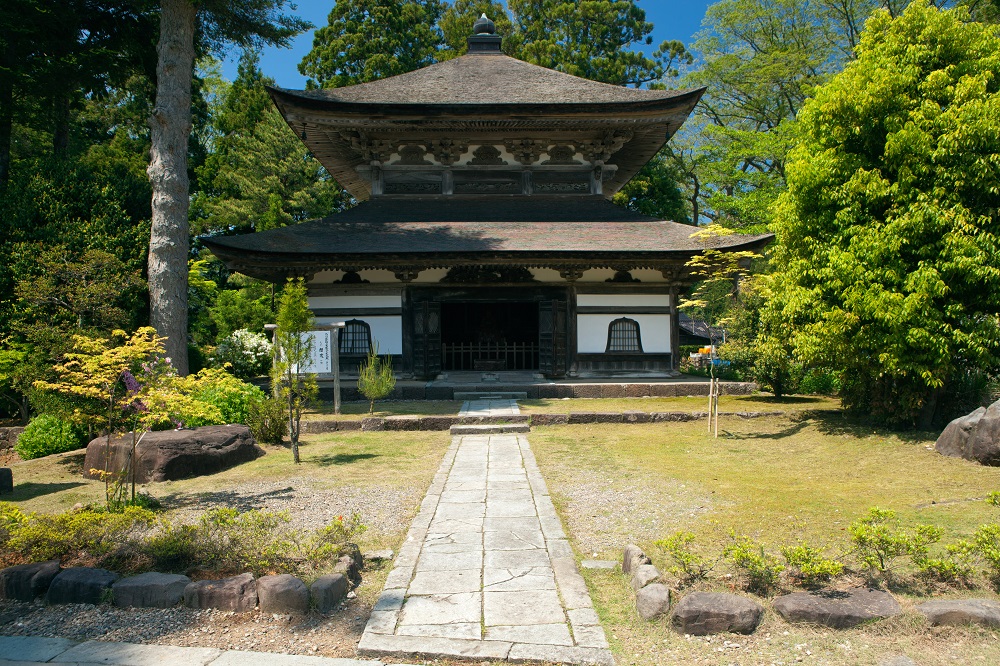
The head temple "Sojiji Soin" Monastery, formally "Shogakusan Soji", was founded in 1321 by Zen Master Keizan Jokin. From then on, the temple became increasingly prosperous, growing to more than 16,000 subordinate temples all over Japan. Most of the temple buildings, however, were unfortunately destroyed by a fire on April 13th, 1898. On that occasion the temple was transferred to Tsurumi, Yokohama City, Kanagawa Prefecture. At this point, the temple was renamed "Sojiji Soin" and the other seven parts of the original complex of the temple, including Dento-in Temple, Jiunkaku Temple, and Sutra Repository, were reconstructed. The vast grounds are carefully maintained, and the harmony of the buildings and nature is comparable to a landscape painting.
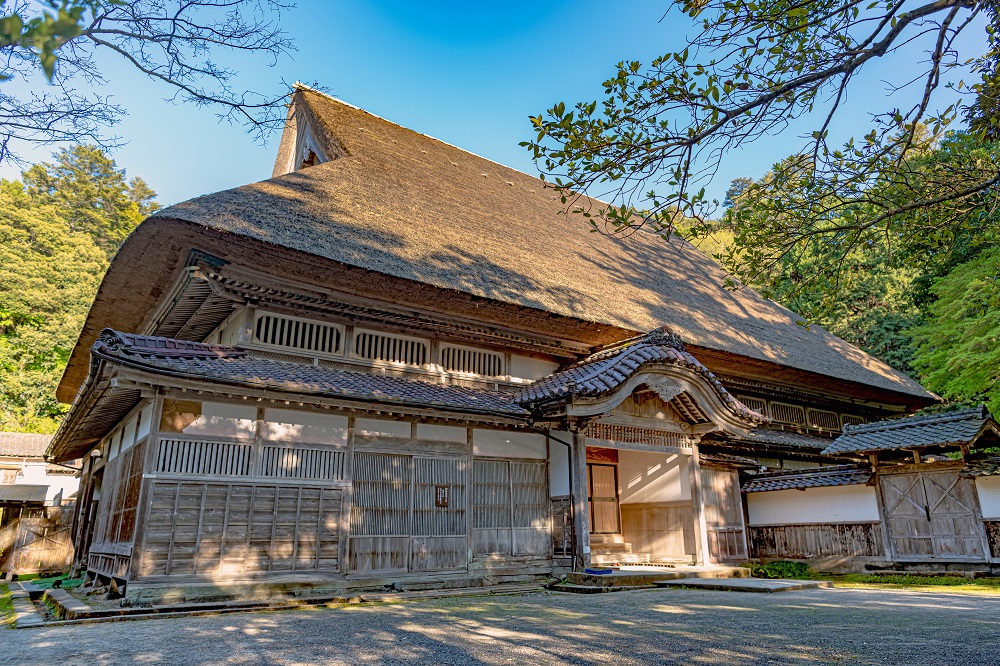
The Heike [lineage of the emperor] flourished at the end of the Heian Era (794 to 1185/1192). Among the most infamous quotes from Taira Tokitada, a Heike-borne figure, "Not a Heike, Not a Person". After the downfall of the Heike, Tokitada was exiled to Noto. The two ancient families that descended from him, Kamitokikoku and Shimotokikoku, still live in Wajima City to this day. Kamitokikoku, a huge private residence with a thatched roof built in the late Edo Era (1600/1603-1868). By far, the highlights of this building are the front parlor with the "Fuchigane Oriage-Gotenjo", uniquely designed ceiling in the Dainagon style and the "Maru-ni-Ageha Butterfly" of the Heike family crest found through the sliding doors are must-see. The Kamakura-style Garden is a designated National Scenic Spot.
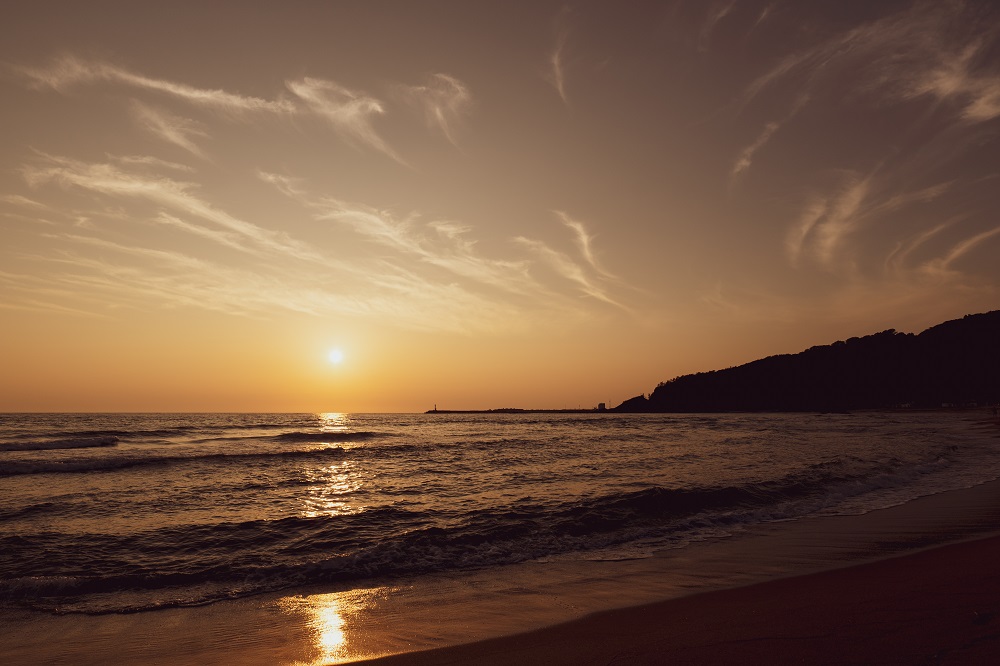
At Wajima Port, one of the largest ports in Japan, a rich variety of wild blowfish is caught and landed. This bounty of the sea is served at lodging facilities and the restaurants in Wajima, so, be sure to give it a try. Other local specialties are "Ishiru and Ishiri" [fish-based soy sauce], salted squid - popular as a souvenir, dried horse mackerel, dried squid, dried flounder, dried blowfish, dried Atka mackerel, and other dried foods.
■From JR Kanazawa Station: Take the HOKURIKU RAIL ROAD.CO.,LTD "Wajima Express" Bus to Wajima Station (Duration: About 2 hours)
■From NOTOSATOYAMA AIRPORT: Take the "Furusato TAXI" (Duration: 30 minutes)
Wajima lacquerware, a traditional craft representing Wajima City in Ishikawa Prefecture, combines both beauty and functionality. Even if a piece is damaged, it is repaired and handed down for generations. Not only is Wajima lacquerware robust, but it also has a gorgeous appearance incorporating gold or silver. Wajima lacquerware is characterized by the many processes involved in its making, which includes the "Kijizukuri" [wooden base-making] process of making a prototype, the "Shitajizukuri" [undercoating] process essential for giving Wajima lacqerware its durability, the "Uwanuri" [overcoating] process of carefully applying lacquer to the piece, and the "Kashoku" [decoration] process of adding luster, gold or silver power coating, and more than 100 other processes to be done.

Several Wajima lacquerware workshops in the city have hands-on experience courses. The content varies between workshops, some offer painting on pieces with preliminarily prepared paintings, some let the participants paint their own unique design, and some offer a gold-inlay [chinkin] experience, giving an opportunity to carve out a pattern with a chisel and filling it with gold powder. At the Wajima Lacquer Art Museum, learn about the techniques and history of Wajima lacquerware, try chinkin on spoons or chopsticks, or maki-e (a process of making lacquerware using stamps).
A prime example of Noto culture is the Kiriko Festivals that feature parades of giant floats called "kiriko" [wood-framed paper lanterns], carried by members of the community. The dazzling lights are thought to bring the favor of the gods and drive away sickness and misfortune.
The Kiriko Festivals are held throughout the summer months of July and August also in September and sometimes even in October. Each of the about 200 different communities around the Noto Peninsula hosts its own distinct Kiriko Festival. The "kiriko" come in a variety of shapes and sizes, with larger floats measuring over 15 meters high and weighing up to 2 tons. Many are decorated heavily with ornaments, such as huge dolls of historical figures, fictional heroes, and the contemporary figures most talked about that year. Some communities carry their floats all the way into the ocean to wish for success in fishing and safety at sea. The diversity of the Kiriko Festivals symbolizes the depth of Noto's rich culture. In 2015, the Kiriko Festival was accredited as a "Japan Heritage" by the Agency for Cultural Affairs as an "Exciting Kiriko Festivals on the Noto Peninsula".
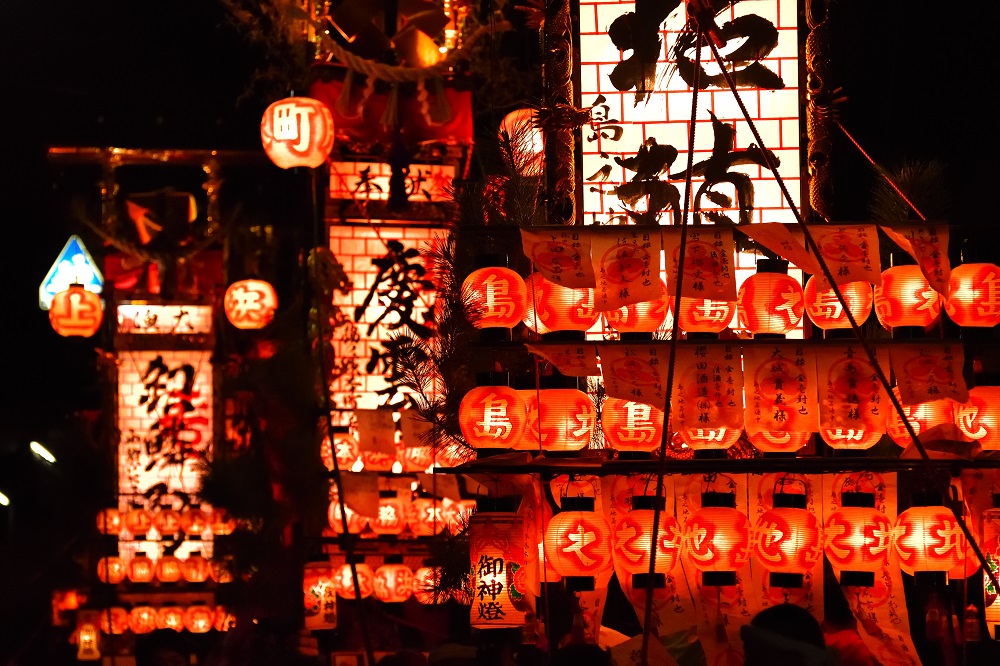
Wajima Morning Market is one of the three biggest morning markets in Japan, with over 200 stalls. Its history dates back over 1,000 years when locals would barter for fish and vegetables during shrine festivals.
Today the market bustles with locals doing their grocery shopping. The energy of the vendors hawking freshly caught fish, local fruit and vegetables, and various dried goods draws curious visitors as well. Some stalls sell locally made crafts, textiles, and snacks such as sweet bean-filled rice cakes called "egara manju". Free grilling stations let shoppers cook their purchases to eat them on the spot.
The market operates daily from 8 a.m. to noon (excluding the second and fourth Wednesdays of each month).
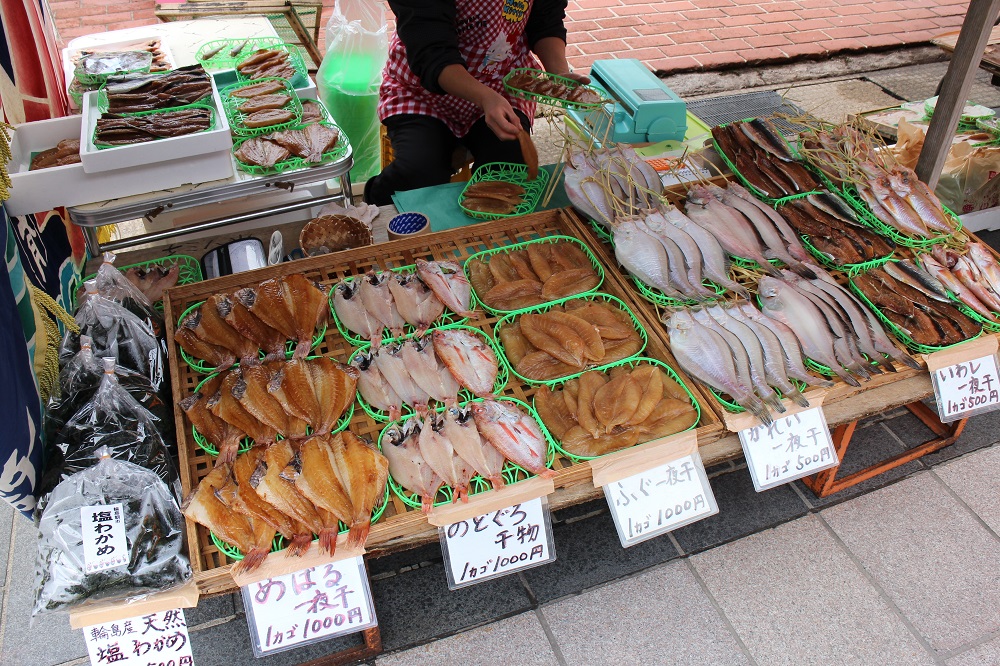
The tourist area of Chubu is called "Shoryudo [Ascending Dragon Road]", because the map of the area resembles a dragon, with the Noto Peninsula as the head, evoking the image of a dragon flying up or "ascending".
This popular region draws tourists from both within Japan and abroad who are eager to visit the tourist attractions of onsen [hot springs], pristine nature, history and culture, architectural structures, legends, and festivals.
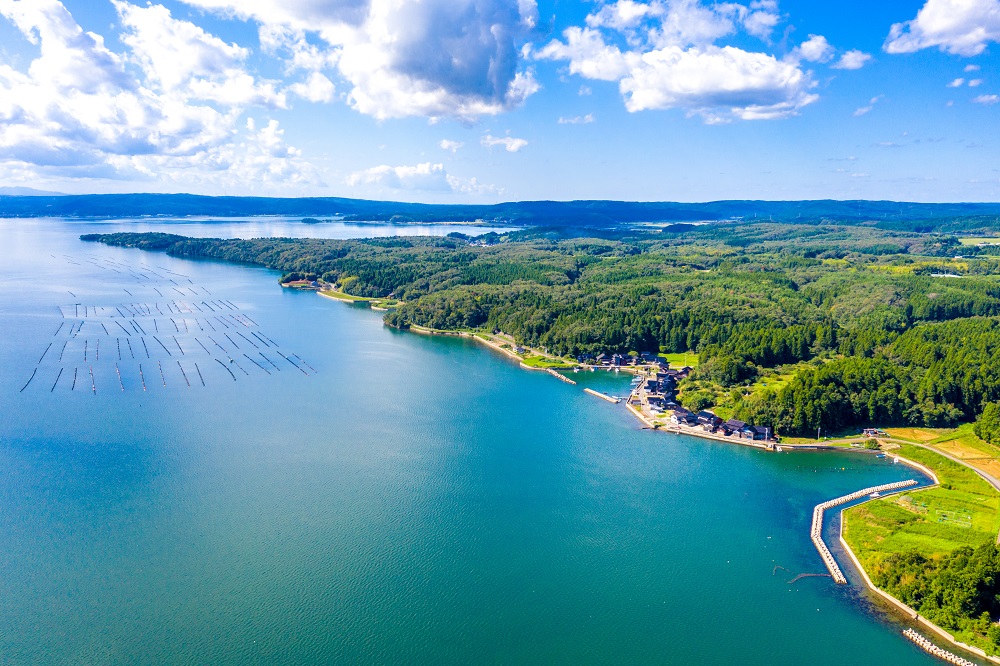
The Hegura Island is a small island located 48Km off the coast of the City of Wajima. There are also seven islands called “Nanatsu Jima [Islands]” you will see on the way to the Hegura Island. Here "ama" [female free divers harvesting a wide variety of seafood from the ocean floor, including abalone, shellfish, and various types of seaweed] divers play a main role in the fishing industry by collecting seafood by free diving. There are about 200 "ama" divers on the Hegura Island, and the abalone and turban shells caught by the "ama" divers are especially delectable treats.
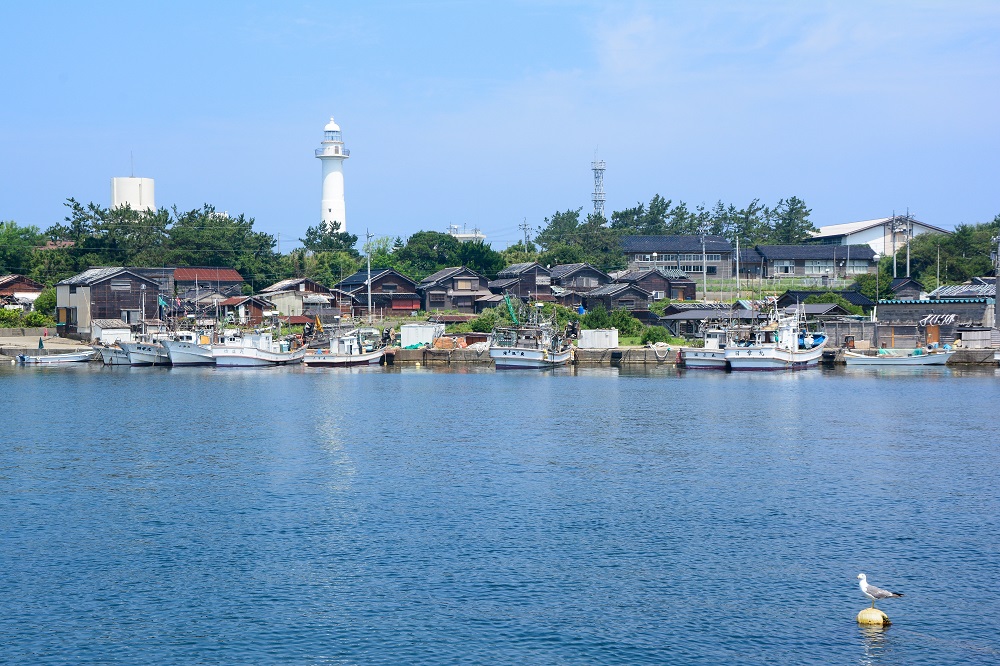
Kotogahama Beach in Wajima City is a city designated natural treasure. It is also known as "Crying Sand Beach" due to the squeaking sound made when walking on the dry sand resembling the sound of a lady crying.
-Closed due to the impact of the 2024 Noto Peninsula Earthquake-
-Re-opening at the end of the fiscal year 2027-
80 Yo-Bu, Wakura-Machi, Nanao-shi, Ishikawa
Established in September 1906, Kagaya was initially a modest inn with 12 rooms that could accommodate approximately 30 people. With 117 years of history, Kagaya is known as one of the largest luxury hot spring inns not only in the Wakura Onsen area, ....